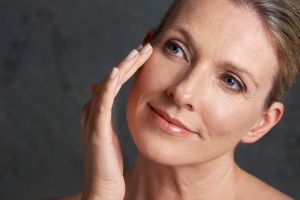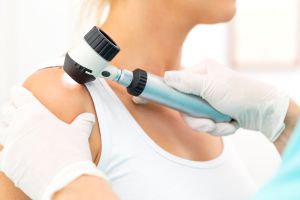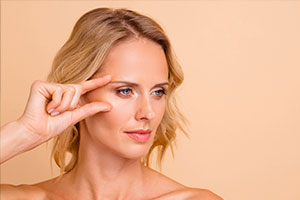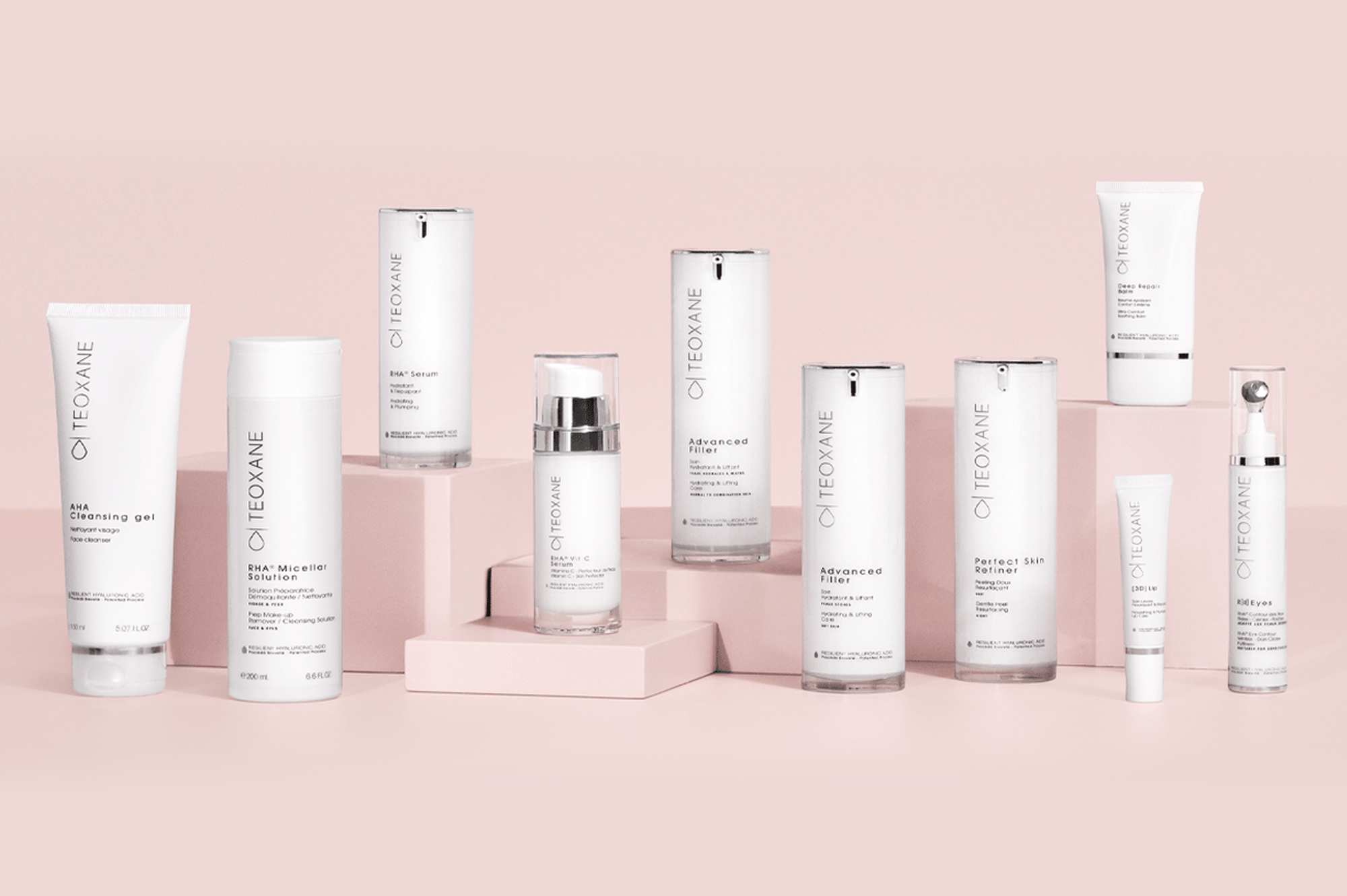Skin and Mole Check
At Vital Face and Vein we specialise in skin and mole examination and treatments. The doctor will advise what type of moles you have and what method of removal is suitable. Skin tags are removed with Surgitron. Sometimes early skin cancers are able to be treated with topical creams or nitrogen treatments. Contact us to book a skin or mole check with Wellington’s doctor operated appearance medicine clinic Vital Face & Vein. We use dermatoscopy to assess skin lesions. This enables early diagnosis of skin cancers at a pre-invasive stage.
What is a mole?
A mole is a common benign skin lesion due to a local proliferation of pigment cells (melanocytes). A brown or black mole contains the pigment melanin. A mole can be present at birth (congenital naevus) or appear later (acquired naevus).
What causes moles?
Although the exact reason for the local proliferation of pigment cells is unknown, it is clear that the number of moles a person has depends on genetic factors, sun exposure, and immunological factors.
-
- People with many moles may have family members that also have many moles, and their moles may have a similar appearance.
- People living in Australia and New Zealand tend to have a lot of moles that may relate to sun exposure.
- Immunosuppressive treatment leads to an increase in the number of moles and the risk of skin cancer.
Who gets moles?
Almost everyone has at least one mole, fair-skinned people tend to have more moles than darker-skinned individuals. The average fair-skinned New Zealander has 20 to 50 moles Sun exposure seems to be a factor in the development of moles in teenagers and adults.
What are the clinical features of moles?
Moles vary widely in appearance and may arise on any part of the body.
-
- They may be flat or protruding.
- They vary in colour from pink or flesh tones to dark brown, steel blue, or black.
- Light skinned individuals tend to have light-coloured moles and dark-skinned individuals tend to have dark brown or black moles.
Moles may be considered abnormal or atypical when the mole shows some or any of the following features:
-
- A mole that is large particularly if it is bigger than 5 mm and has ill-defined or irregular borders; varying shades of colour; with flat and bumpy components.
- A funny-looking mole; large, or different from other moles
- A recent change in the size, shape, structure or colour of the mole.
- A new mole that develops in adult life (> 40 years)
- It appears different from the person’s other moles (a so-called ugly duckling)
- It has ABCD characteristics (Asymmetry, Border irregularity, Colour variation, Diameter > 6 mm)
- It is bleeding, crusted or itchy
- Moles that are suspicious are usually removed and sent for testing. Harmless moles are often able to be removed with Surgitron which has the benefit of usually causing much less or no scarring than standard excision techniques.













